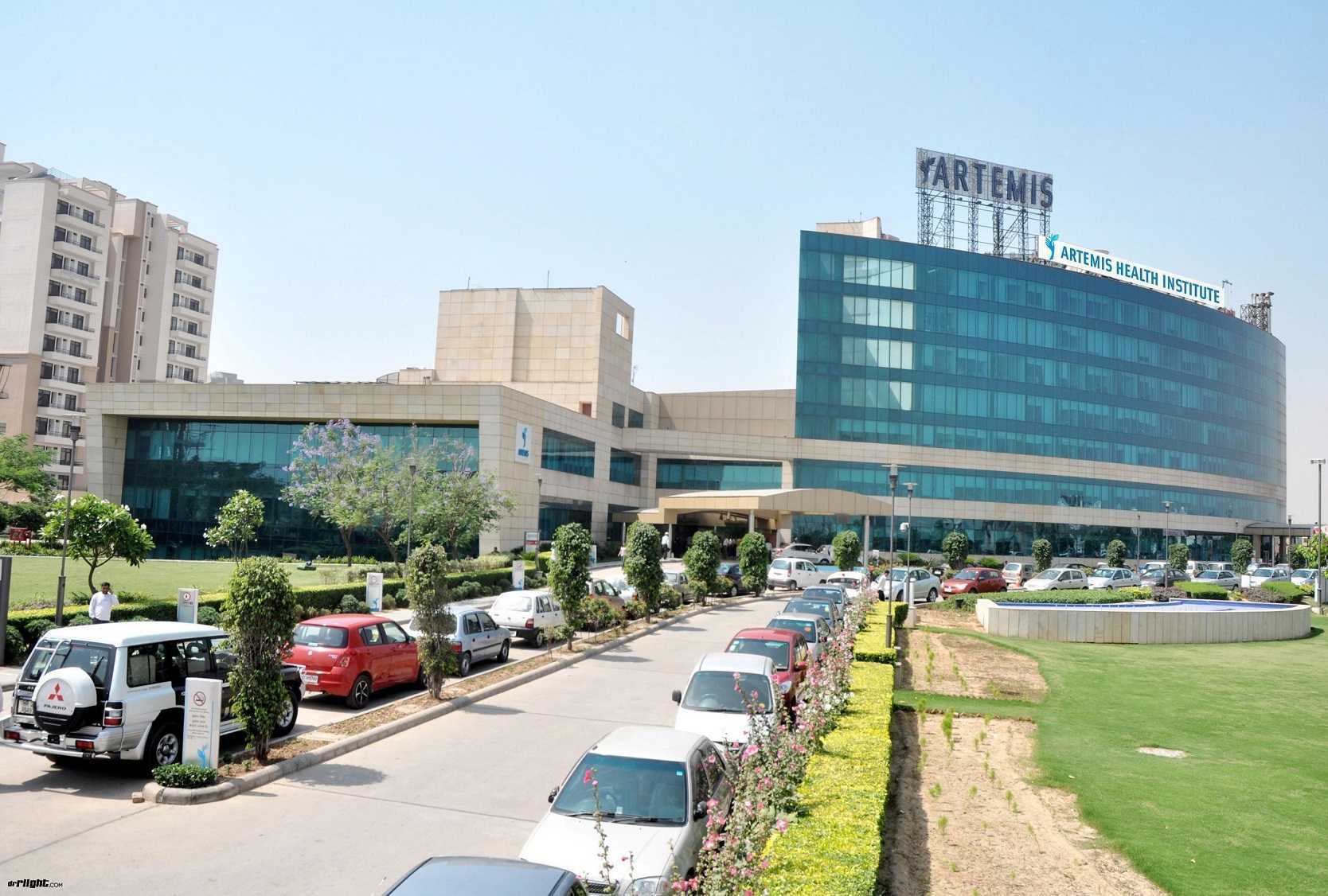Diagnostic and Treatment of Uterine Fibroids
Uterine fibroids – proliferation of muscular tissues in the uterus. Mostly, such formations aren’t cancerous in nature and don’t progress into malignant tumors. Myoma is formed on internal organ surfaces or on outer walls.
Myoma develops as a single formation or in combination with several same tumors. Sometimes, fibroids clusters reach 15-20 cm.
Uterine fibroids causes
Causes provoking uterus fibroids remain unknown. Mostly, these pathologies are formed in women of reproductive age. In girls without menstrual phase, fibroids don’t occur. There are certain factors that become catalysts for tumor development:
- body weight above normal or obesity;
- fibroids in a woman’s family history;
- natural inability to have a child;
- too early menstruation;
- menopause occurs late in life.
Uterus fibroids symptoms
Mostly, fibroids’ presence doesn’t manifest itself, respectively, without requiring therapeutic elimination. These are small tumors. Larger formations provoke the following symptoms of uterine fibroids:
- hard bleedings during menstruation accompanied by strong pain;
- slight bleeding between periods;
- the lower stomach swells – strong fullness;
- frequent urge to urinate – tumors put pressure on the bladder, provoking promises;
- ache during intercourse;
- lumbar region discomfort;
- frequent constipation;
- persistent vaginal liquids of unclear nature;
- the bladder doesn’t empty completely.
Uterine fibroids symptoms stabilize or disappear after menopause, as the sex hormones production decreases.
Uterine fibroids diagnosis
Myoma is detected by palpation, which the doctor performs during a gynecological examination. Basis for further diagnosis is severe rapid bleeding. Some clinical methods allow specialists to determine tumors sizes and their exact location.
- Ultrasonography – creation of images of the uterus internal structures.
- MRI – more detailed internal organs representation obtained using radio wave diagnostics.
- CT – ability to visualize internal organs from all angles.
- Hysteroscopy – endoscope introduction into the vagina – a device allowing doctors to examine the uterus from inside.
- Hysterosalpingography – X-ray with contrast agent to create a blood flow pattern in the uterus.
- Sonohysterography – three-dimensional uterus image, obtained by entering a catheter with liquid into the cavity.
- Laparoscopy – tube introduction into the abdominal cavity through an incision, giving doctors the opportunity to examine internal organs.
Uterine fibroids treatment
Therapy prescribed for fibroids uterine pathology is developed based on tumor size and location. Asymptomatic formations don’t require clinical intervention, except for constant medicinal monitoring. Fibroids causing bleeding are cured by the following methods.
1. Medicinal treatment of uterine fibroids:
- means for pain killing, helping to eliminate the discomfort caused by increased fibroids;
- supplements containing iron – heavy bleeding provokes anemia, which requires an increase in iron level in blood;
- contraceptives – these meds help relieve fibroids symptoms, eliminating spasms;
- injections or nasal sprays reducing the tumor size;
- oral therapy – purpose of this technique is to cure severe bleeding.
2. Surgical intervention for fibroids uterine treatment:
- myomectomy – fibroids removal without mechanical uterus damage: hysteroscopy with the endoscope introduction into the vagina and laparoscopy through an incision in the abdominal cavity;
- embolization – the gynecologist places a catheter inside, and through it small substances pass to the organ, blocking blood flow and feeding the tumors;
- hysterectomy – complete uterus removal. It’s how to heal fibroids by preventing their regeneration. Nevertheless, it’s the most categorical method, since the woman loses her reproductive ability.
A more innovative treatment for uterine fibroids is ultrasound therapy. In this operation, women are inside an MRI apparatus, where sound waves purposefully damage fibroid cells.










